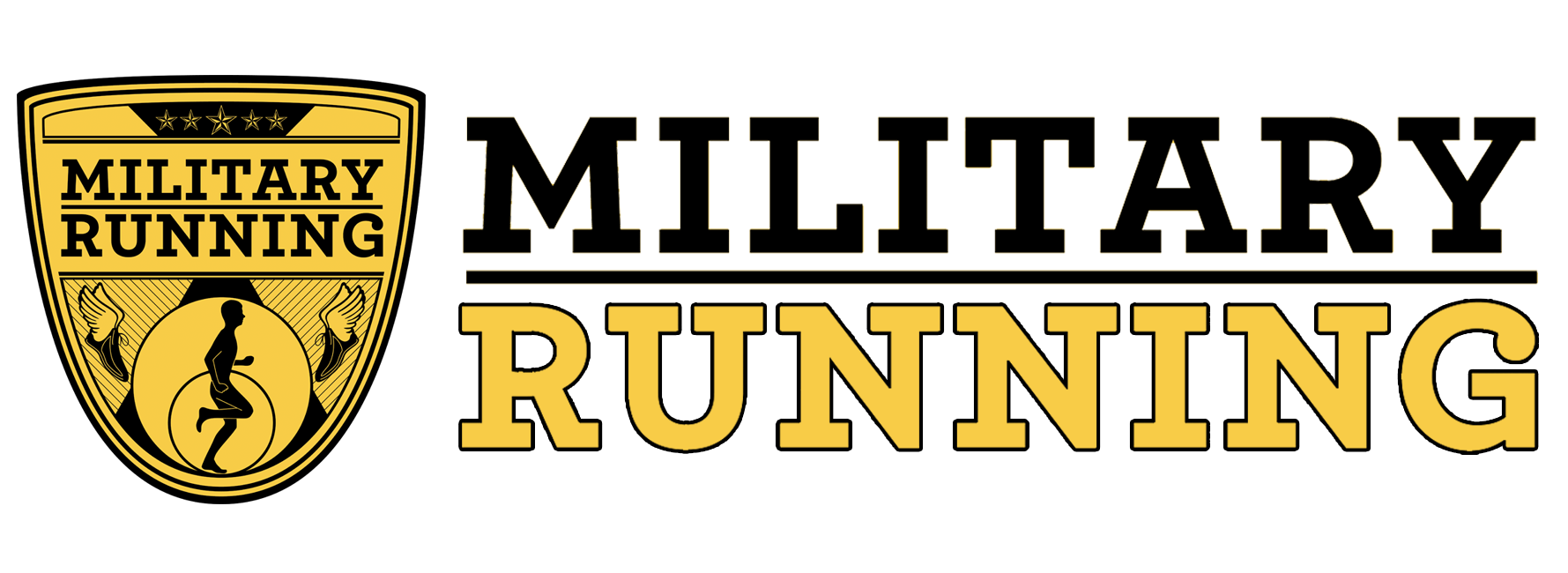When running, proper body alignment becomes even more important. Considering the level of impact associated with running we must be even more diligent. And also, what body do you think would move faster and more efficiently from point A to point B – the one that moves like a unit, well composed, properly aligned or the one that looks like it’s comprised of multiple independent parts that are misaligned and move out of sync? The answer is obvious.
What is the proper body alignment in running? The answer is the one that’s in harmony with the force of gravity.
Alignment happens from feet to your head. Starting from your feet, your body should be aligned along the vertical line up to the top of your head. Using the foundation of proper body alignment when standing, we take it a step further in running by slightly bending our knees. What does ‘slightly’ mean? Do light jumps in place on both of your feet. That’s your cue. That comfortable slight bend is IT. Your body should be aligned straight yet not rigid.
Regardless of your speed, everything you do when running – happens fast. And the faster you run the faster the movements and the sequence of movements. Your ability to maintain proper body alignment should be automatic which means you should apply more efforts in making this happen before you run, when you warm up, when you drill.
In Pose Method there are plenty of drills and strength exercises that will help you achieve that. To maintain proper alignment in running you must, first, know what it is, and, second, your body must be ‘equipped’ to maintain it. Strength training is essential for runners. Your hips are the biomechanical center of your body connecting upper and lower and need to be strong. Your hamstrings are the ‘workhorses’, as Dr. Romanov puts it, they need to be strong. The calves ‘carry’ a fair share of the weight as you change support when you run, they need to be strong and so on. Strength training and proper body alignment go hand in hand.
We use our whole body when we run. Everything must move, look and feel as a single unit. No rigidness, instead – suppleness. Everything is properly aligned so nothing gets damaged, no moves are wasted, no unnecessary effort is spent. Imagine the perfect image of yourself gracefully and swiftly gliding across the land.
